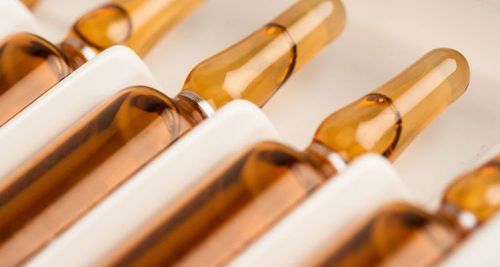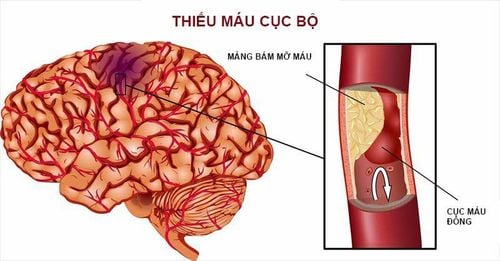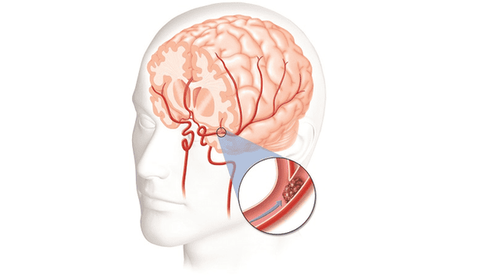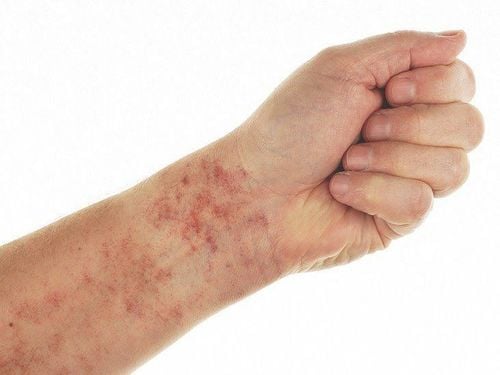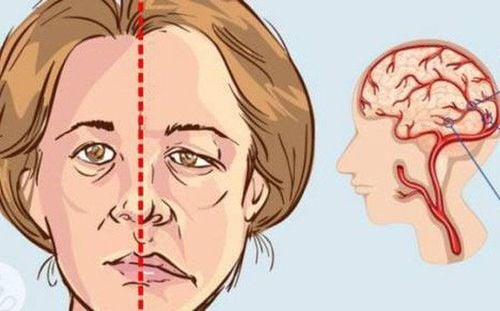This is an automatically translated article.
The article is professionally consulted by Master, Doctor Do Xuan Chien - Head of Department of Examination & Internal Medicine and Professional Advisor, - Department of Medical Examination and Internal Medicine - Vinmec Ha Long International Hospital.Cerebrovascular accident is a very dangerous medical condition and the possibility of death is very high. Patients who have a stroke often have some symptoms at the onset, which can help them recognize the disease, so that they can promptly handle a cerebrovascular accident and have a treatment for a vascular accident. effective brain, reducing the risk of death.
1. Cerebrovascular accident
Cerebrovascular accident or cerebral stroke is a disease caused by the inability to supply blood and oxygen to the brain, causing the brain to suddenly lose function. The disease occurs within 24 hours and a major stroke is likely to lead to death during this time. According to some studies, this is the second leading cause of death in the world and Vietnam, after cardiovascular disease. The disease is divided into two clinical forms as follows:
Ischemic stroke: This is a blockage of an artery carrying blood to the brain. Some types of ischemic stroke are thrombosis, lacunar infarction, cerebral vascular occlusion... Hemorrhagic stroke: This is a cerebrovascular accident caused by the rupture of a cerebral blood vessel. Some types of hemorrhagic stroke are bleeding within the brain parenchyma, bleeding into the brain and hemoptysis, primary intraventricular hemorrhage, subarachnoid hemorrhage, and intracerebral hemorrhage after a cerebral infarction occurs. .

Causes of cerebrovascular accident are:
High blood pressure High blood fat content Diabetes mellitus Smoking Smoking ruptured aneurysm of a cerebral artery Deformity in some arteries or veins Occurrence blood clotting disorders, blood clotting disorders in the body. Bleeding inside the brain infarction causes a cerebrovascular accident. Brain bleeding of unknown cause. The symptoms of cerebrovascular accident appear randomly, suddenly, they may be very mild at first, but then the disease will progress to more severe, so it is important to pay attention to these symptoms to be able to manage. timely cerebrovascular accident:
Motor paralysis, hemisensory disorders such as paralysis of the upper limbs, lower limbs, numbness of the limbs... Language disorders such as difficulty speaking, unable to find words to express speech, do not understand what others say... Decreased eyesight, possibly blindness in one eye. Severe, sudden headache, nausea, vomiting, dizziness. Unsteady walking, unable to coordinate movements together. Some signs of consciousness disorders such as confusion, coma, deep sleep... Nerve VII is paralyzed, so there are signs of mouth distortion >> See also: Nattou Ichou health food by Pharmacist, Master Doctor Pham Thi Kim Dung - Pharmacist Mixing drugs - Faculty of Pharmacy - Vinmec Times City International Hospital
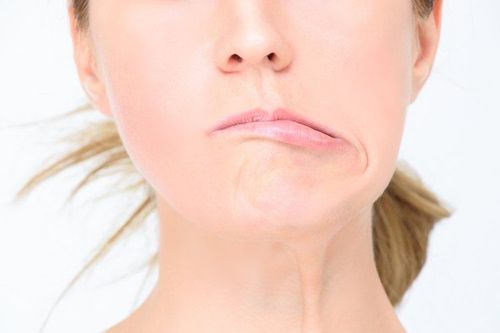
Nerves III, VI, VII can be damaged leading to strabismus or drooping eyelids Dysfunction of the sphincter causing patients to have urinary incontinence, urinary retention Meningeal syndrome Agitation, depression Blood pressure increased over 180/110 mmHg, rapid pulse. When there are signs of bleeding, respiratory disturbances can occur.
Trắc nghiệm: Bạn có hiểu đúng về huyết áp cao không?
Huyết áp cao còn được gọi là kẻ giết người thầm lặng vì bệnh thường không có triệu chứng. Thiếu hụt kiến thức về huyết áp cao có thể làm cho tình trạng bệnh trở nên trầm trọng hơn. Dưới đây là những câu hỏi trắc nghiệm vui giúp bạn hiểu đúng về bệnh cao huyết áp.2. Treatment of cerebrovascular accident
After the patient has been diagnosed with a cerebrovascular accident by taking a previous history of hypertension, diabetes, drinking alcohol, smoking, having cardiovascular disease... or no, along with examining the above clinical symptoms and performing some paraclinical tests to check such as cerebrospinal fluid test, cranial computed tomography, magnetic resonance imaging, cerebral angiography , measuring electrocardiogram, echocardiogram, Doppler ultrasound... will proceed to apply the appropriate treatment protocol for cerebrovascular accident from the Ministry of Health.
Some general principles of treatment to keep in mind are:
Treat cerebrovascular accident by performing first aid according to ABC procedure Implement aggressive anti-cerebral edema Apply appropriate treatment regimen for each patient. cerebrovascular disease or cerebral infarction. Treatment to reduce dangerous symptoms such as convulsions, disorders of blood sugar index, high body temperature... Adjust water-electrolyte balance in the body and adjust acid-base balance. Preventing superinfection of respiratory and urinary organs, especially lungs. Diet must provide enough nutrients for the patient every day. Performing rehabilitation on patients, anti-ulcer, muscle atrophy, joint stiffness... It is possible to perform surgery and restore brain parenchyma by stem cell method.
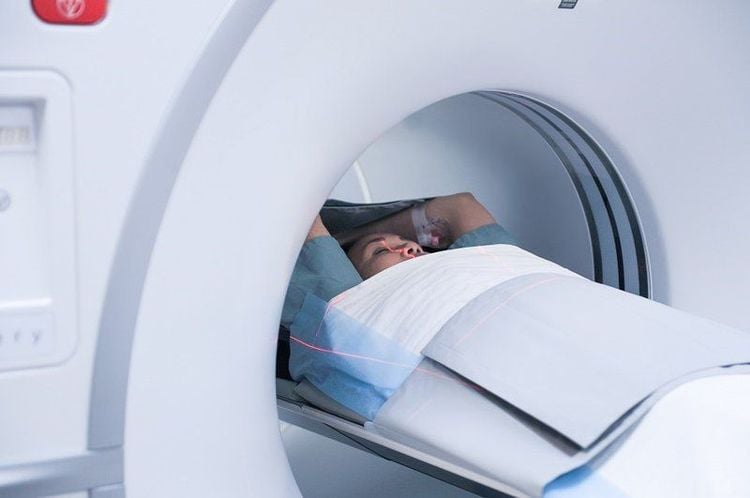
More specifically, for each different clinical form of cerebral stroke, there will be the following treatments:
Cerebral hemorrhage, subarachnoid hemorrhage:
Injectable drugs to treat cerebral vascular accident in In this case, it is a drug that has the effect of coagulation or hemostasis, possibly Transamin 0.25g/ 2-4 ampoules, intravenously. In the case of subarachnoid hemorrhage and large cerebral hemorrhage accompanied by intraventricular hemorrhage, intravenous injection of Nimotop 10mg/50ml, using an electric pump, has anti-vasoconstrictor effects and prevents secondary cerebral infarction. . Carry out surgery to remove hemispheric hematoma in case the hematoma is larger than 60ml, causing consciousness disturbance. Note that it is necessary to find out the cause of the brain bleed for thorough treatment, maybe the cause of the bleeding in the brain is an aneurysm, vascular malformation...
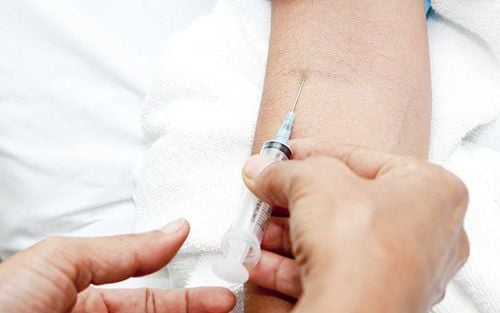
Cerebral infarction:
Proceed to dissolve blood clots by converting Plasminogen into Plasmin, breaking down into Fibrin and plasma clotting proteins. When applying rtPA, it is necessary to strictly follow the indications and contraindications of the drug. Use antiplatelet drugs such as Aspirin 100-325mg, Ticlopidine 200mg, Aggrenox, Clopidogrel 75mg... Anticoagulants can be used, Heparin can be used, prophylactic with Warfarin, Lovenox... endovascular intervention to perform blood clots For patients to use drugs that nourish nerve cells in the semi-imaging region such as Duxil, Nootropyl, Tanakan...
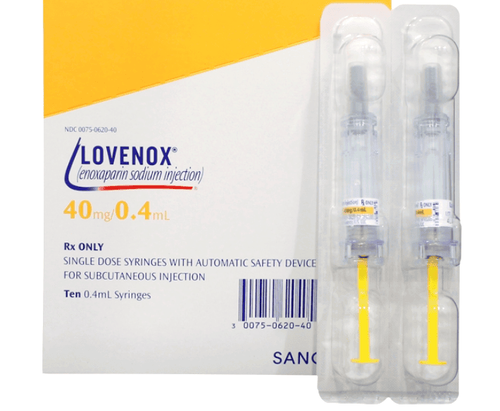
Cerebrovascular accident is a serious medical condition that should be detected as soon as there are signs suggesting a stroke. Preventing and predicting the disease can help the process of treating cerebrovascular accidents as well as treating cerebrovascular accidents more effectively when the disease begins.
Please dial HOTLINE for more information or register for an appointment HERE. Download MyVinmec app to make appointments faster and to manage your bookings easily.





